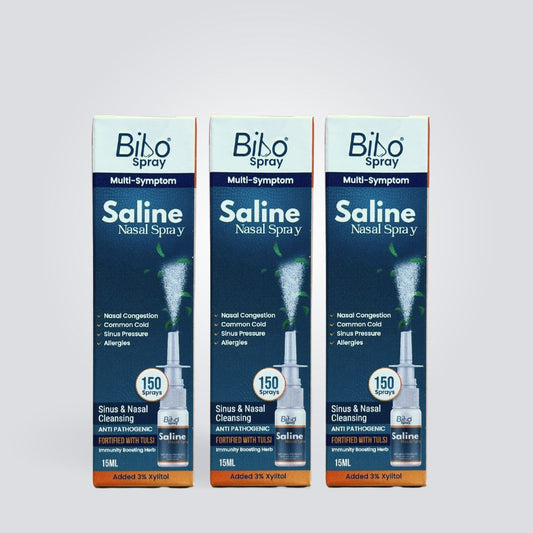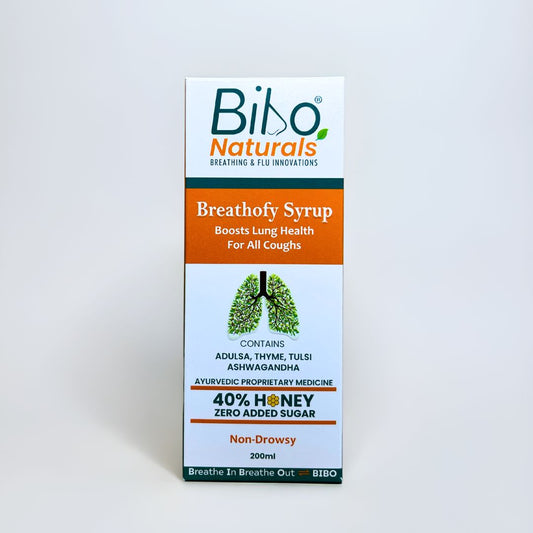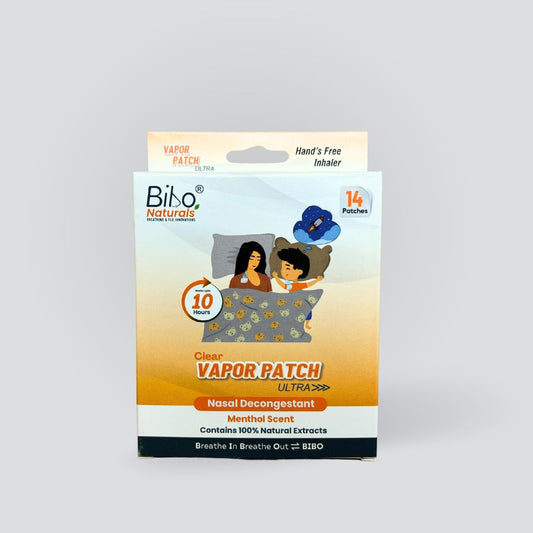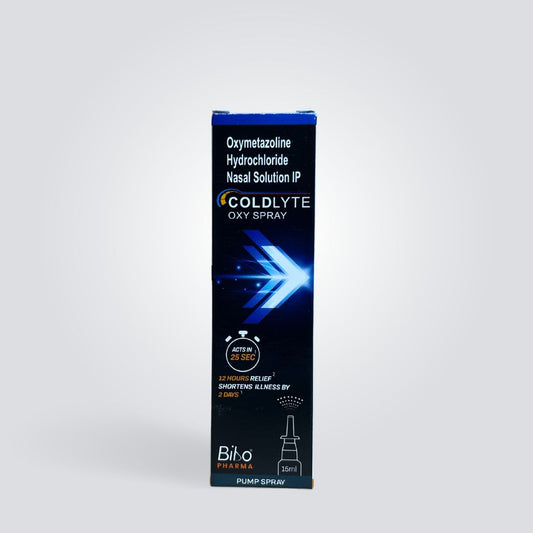The common cold and cough are ubiquitous health concerns that affect individuals across the globe. Despite their prevalence, many people may not fully comprehend the intricate changes that these ailments induce in the human body. In this comprehensive blog, we will have a close look at colds and coughs, exploring their causes, symptoms, and the physiological changes that take place during their course and some prevention strategies.
What are The Common Culprits?
Viruses:

Rhinoviruses:
These tiny, single-stranded RNA viruses are known for their remarkable ability to thrive in the upper respiratory tract, making them the leading cause of the common cold. With over 160 known serotypes, rhinoviruses can evade the immune system and cause a spectrum of cold symptoms. They are highly contagious and primarily spread through respiratory droplets when an infected person talks, coughs, or sneezes. Additionally, these viruses can survive on surfaces for several hours, facilitating transmission through contact with contaminated objects.
Other common cold-causing viruses: coronaviruses, adenoviruses, and influenza viruses
Coronaviruses, known for their crown-like spikes, include strains such as HCoV-229E and HCoV-NL63, contributing to common cold infections. Adenoviruses, a diverse family with over 50 types, seamlessly integrate into the cold narrative, causing symptoms ranging from runny noses to sore throats. Influenza viruses, notorious for their seasonal outbreaks, add their cadence to the cold symphony, with types A and B inducing respiratory distress.
Despite their unique traits, these viruses share common ground in their ability to invade the upper respiratory tract, prompting the hallmark symptoms of congestion, coughing, and sneezing. Understanding the diversity of these common cold culprits is pivotal in public health efforts, from preventive measures to the ongoing battle against emerging respiratory viruses. As the world grapples with the ever-changing landscape of respiratory infections, deciphering the nuances of these common cold-causing viruses becomes paramount for effective management and control.
How do viruses invade the respiratory system?
These tiny invaders gain access through the inhalation of respiratory droplets or by touching contaminated surfaces and subsequently transferring the virus to the nose, mouth, or eyes. Once introduced into the respiratory tract, viruses target the epithelial cells lining the nose, throat, and bronchi. The first line of defense lies in the mucous membranes, where specialized cells produce mucus to trap incoming particles, including viruses. However, these viruses possess mechanisms to overcome these defenses.
Viruses often exploit specific receptors on the surface of host cells. Once attached, the viruses infiltrate the host cells, hijacking cellular machinery to replicate and multiply. This replication process damages the infected cells, triggering the immune system to respond with inflammation. The resultant inflammation, combined with the destruction of cells, manifests as the characteristic symptoms of the common cold and cough, such as congestion, sneezing, and coughing, completing the intricate dance of viral invasion in the respiratory system.
Bacteria:

The initial viral infection weakens the immune response and damages the respiratory epithelium, creating an opportune environment for bacteria to thrive. Commonly implicated bacterial culprits include Streptococcus pneumoniae and Haemophilus influenzae.
As the respiratory tract becomes compromised, these bacteria exploit the weakened defenses, leading to infections such as sinusitis, otitis media, or bacterial bronchitis. Symptoms may intensify, with increased nasal discharge, facial pain, or persistent coughing. Distinguishing between a viral and bacterial infection can be challenging, often requiring medical evaluation. While antibiotics are not effective against viral infections, they play a crucial role in treating secondary bacterial infections.
Antibiotics and their limited role in treating colds and coughs:
The common cold or cough is primarily caused by viruses, such as rhinoviruses, adenoviruses, or coronaviruses, rendering antibiotics ineffective. Viral infections do not respond to these medications, and their overuse contributes to antibiotic resistance, a global health concern. Prescribing antibiotics for colds not only proves futile but also poses risks of side effects and disruptions to the delicate balance of the microbiome.
The Body's Defense Mechanisms:
1. The First Line of Defense: Nasal and Respiratory Tract

Mucus, a viscous secretion produced by the respiratory epithelium, serves as a protective barrier. It traps airborne particles, bacteria, and viruses, preventing them from reaching the delicate lung tissues.
Cilia, tiny hair-like structures lining the respiratory tract, work in tandem with mucus. These microscopic structures beat rhythmically, moving the mucus upward and out of the airways. This coordinated effort helps expel trapped invaders, safeguarding the lungs and preventing infections from taking hold.
Sneezing and coughing are innate mechanisms designed to forcefully expel irritants and pathogens. Sneezing clears the upper respiratory passages while coughing expels material from the lower airways. Both actions serve as rapid responses to remove foreign substances and maintain the health of the respiratory system.
2. Immune System Activation
The body's defense against cough and cold involves a sophisticated interplay of the immune system's innate and adaptive components. Innate immunity provides an immediate response to invading pathogens. Skin, mucous membranes, and chemical barriers form the first line of defense. When these barriers are breached, white blood cells, such as neutrophils and macrophages, rush to the site of infection, engulfing and neutralizing pathogens.
Adaptive immunity complements this rapid response with a more specialized, targeted defense. Memory cells, a hallmark of adaptive immunity, "remember" specific pathogens, enabling a quicker and more robust response upon re-exposure. This immunological memory is the basis for long-term protection against recurring infections, including those causing coughs and colds.
White blood cells, particularly lymphocytes like T cells and B cells, play a central role in adaptive immunity. T cells coordinate the immune response, while B cells produce antibodies that recognize and neutralize specific pathogens. This orchestrated defense mechanism not only combats the current infection but also establishes a blueprint for future encounters.
Symptoms:
- Runny or Stuffy Nose: One of the hallmark symptoms of a cold is a runny or congested nose. This occurs as a result of the body's immune response to the viral infection, leading to increased mucus production and nasal congestion.
- Sneezing: The common cold is often accompanied by frequent bouts of sneezing. Sneezing is the body's natural mechanism to expel irritants and viruses from the respiratory system.
- Sore Throat: A scratchy or sore throat is another common symptom. The viral infection can cause irritation and inflammation of the throat tissues, leading to discomfort and pain.
- Coughing: Coughing is the body's attempt to clear the airways of mucus and irritants. A persistent cough may linger even after other symptoms have subsided.
- Fatigue: Cold viruses can cause general malaise and fatigue as the body redirects energy to fight the infection. Adequate rest is crucial for a speedy recovery.
- Body Aches: Some individuals may experience muscle aches and pains during a cold. This is often a result of the body's inflammatory response to the viral infection.
- Headache: A mild to moderate headache is a common symptom of a cold. It can be attributed to factors such as sinus congestion and increased pressure in the head.
Treatment:
- Rest: Adequate rest is essential for a swift recovery. Resting allows the body to divert energy to the immune system, aiding in the fight against the viral infection.
- Hydration: Staying well-hydrated is crucial during a cold. Fluids help to soothe a sore throat, keep the body hydrated, and thin mucus, making it easier to expel.
- Over-the-counter medications: Non-prescription medications can help alleviate symptoms. Pain relievers such as acetaminophen or ibuprofen can reduce fever and relieve pain, while decongestants and antihistamines can help manage nasal congestion and sneezing.
- Humidifiers: Adding moisture to the air with a humidifier can ease nasal congestion and soothe a dry or scratchy throat. It is particularly beneficial in dry climates or during the winter months when indoor air tends to be drier.
- Saltwater Gargle: Gargling with warm salt water can help soothe a sore throat and reduce inflammation. This simple remedy is easy to do at home and can be repeated multiple times a day.
- Honey and Tea: Hot tea with honey is a natural remedy for cough and sore throat. Honey has antibacterial properties and can provide relief by coating the irritated throat.
- Nasal Saline Drops: Using saline nasal drops or sprays can help alleviate nasal congestion by moisturizing and flushing out mucus from the nasal passages.
Prevention Strategies
1. Hand Hygiene and Respiratory Etiquette
Practicing effective hygiene measures is paramount in preventing the spread of coughs and colds. Proper handwashing techniques stand as a frontline defense, as hands act as vectors for many respiratory infections. Thoroughly washing hands with soap and water for at least 20 seconds helps eliminate viruses and bacteria that may be present.
Covering the mouth and nose when coughing or sneezing is another critical preventive measure. Respiratory droplets containing infectious agents can be expelled into the air during these actions. Using a tissue or the elbow to cover the mouth and nose reduces the dissemination of these droplets, limiting the potential for transmission.
The disposal of used tissues is equally vital in maintaining a hygienic environment. Discarding tissues promptly and appropriately prevents the accumulation of potentially contaminated materials. Additionally, maintaining cleanliness in personal and shared spaces is crucial to minimize the survival and transmission of respiratory pathogens on surfaces.
These simple yet effective hygiene practices form a collective defense against the spread of coughs and colds.
2. Vaccination

In the battle against colds and coughs, vaccines play a pivotal role in preventing and mitigating the impact of respiratory infections. Influenza vaccines, for example, are instrumental in protecting individuals from the seasonal flu. These vaccines stimulate the immune system to recognize and mount a defense against specific influenza strains, reducing the severity of illness and preventing complications.
While influenza vaccines have been successful, researchers are also exploring the development of vaccines targeting common cold viruses. Several challenges arise due to the diverse nature of cold viruses, but advancements in vaccine technology hold promise for addressing these hurdles. These emerging vaccines aim to provide broader protection against a spectrum of cold viruses, potentially revolutionizing our approach to respiratory health.
The effectiveness of vaccination programs relies on widespread participation and accessibility. Encouragingly, vaccination not only shields individuals from illness but also contributes to community immunity, protecting those who may be more vulnerable. However, challenges persist, such as vaccine hesitancy and the need for constant adaptation to evolving virus strains.
3. Lifestyle and Dietary Choices

Maintaining a robust immune system is integral to warding off colds and coughs, and key lifestyle factors contribute significantly to this defense. Adequate sleep is a cornerstone, as it allows the body to regenerate and bolster its immune response. Sleep deprivation weakens immune function, making individuals more susceptible to infections, including respiratory illnesses.
A balanced diet rich in essential nutrients is another crucial component. Micronutrients like vitamins C and D, as well as zinc, play pivotal roles in supporting immune function. Incorporating a variety of fruits, vegetables, whole grains, and lean proteins into one's diet ensures a diverse array of nutrients necessary for optimal immune health.
Hydration is equally vital in the prevention and recovery from respiratory infections. Proper fluid intake helps maintain the mucous membranes in the respiratory tract, facilitating the expulsion of pathogens. Additionally, staying well-hydrated supports overall bodily functions, aiding in a speedier recovery from illnesses such as colds and coughs.
In conclusion, the common cold and cough, though seemingly innocuous, can have a significant impact on our bodies. Understanding the physiological changes, symptoms, and preventive measures can empower individuals to navigate these respiratory ailments more effectively. By adopting a holistic approach to wellness, including proper hygiene, vaccination, and lifestyle choices, we can reduce the frequency and severity of colds and coughs, promoting overall health and well-being.




